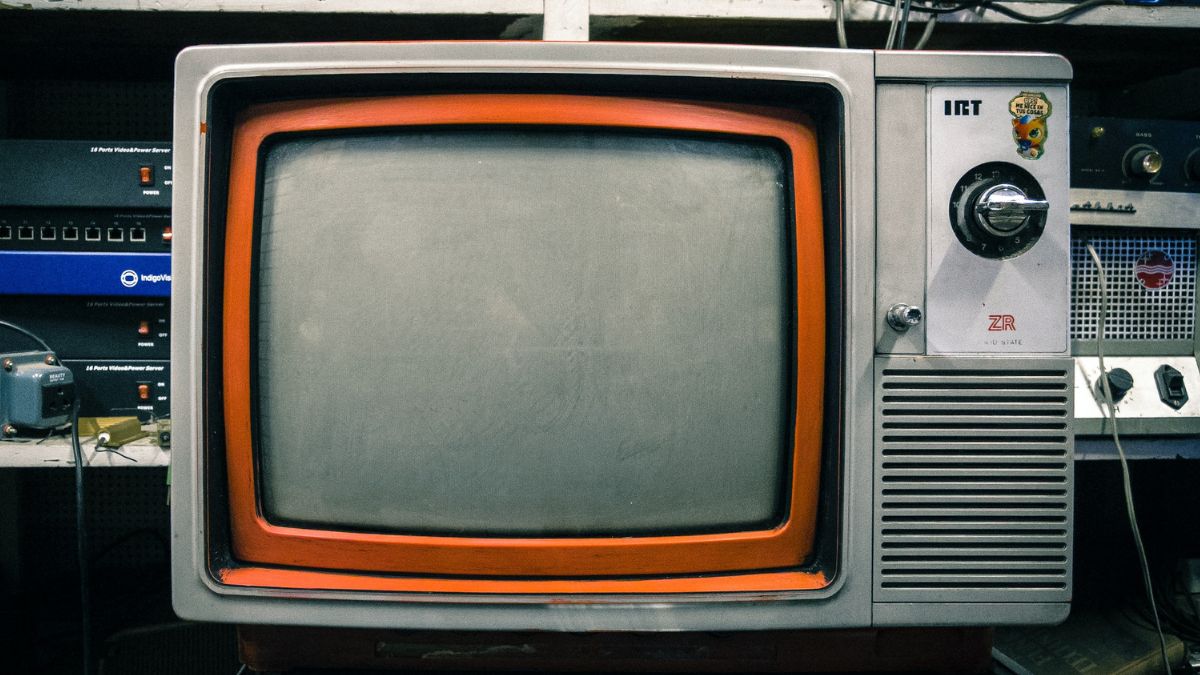- By Vikas Yadav
- Fri, 11 Aug 2023 08:19 PM (IST)
- Source:JND
Televisions in India have an intriguing past. While it transformed to become an integral part of our daily lifestyle today, things were not the same when the journey of the big screens started in India. Large and chunky boxes adorned the desk of some affluents in the country owing to the high costs in the initial days. But how did we reach here?
For a stroll through the past before the 77th Independence Day, here is a timeline of events that matured the TVs to their present state. According to Unboxed by Croma, the country conducted its first TV experiments in the 1950s, and subsequently a transmitter was installed in Jabalpur that kickstarted the developments of the TV network in India.
A decade later, at the outset of the 1960s, Doordarshan jumped to conduct telecasting experiments and began transmission of health and rights-related programs in 1965. Gradually, the network expanded to Mumbai, taking the number to seven cities.
The Era Of Colours
The 9th Asian Games marks a momentous time in history as TVs changed colours in India from black and white. The year was 1982, and this was followed by the streaming of classic shows such as Ramayana and Mahabharata during the late 80s.
Following the 1991 reforms, the sector underwent sweeping changes with the proliferation of TV channels and the arrival of Zee, Asianet, Star TV and more on the broadcasting scene.
The Transition To Flat LCDs
As we entered the new century, the time had come to bid adieu to the bulky boxes and meet the unbelievably thin TVs. As per the report, the Plasma TVs were available in sizes as big as 40 inches.
Samsung Enters The LED TV Space
Samsung introduced the first Light Emitting Diode (LED) TV in the country in 2009 as a replacement for the LCDs, making the TV offerings even slimmer and ideal for the walls.
Two-three years after the update, a proliferation of Smart tech in TVs that made the wall appliance look like a dream gadget for household walls was the trend. It could connect with the internet and serve you a plethora of content to engage with. And in the present day, we have class-leading OLED and 8K panels that are the best offerings you can get in the market. In recent times, rollable TVs from LG are also appearing on the scene at a premium price.
What Is The Future?
"The next significant TV revolution could be the introduction of Artificial Intelligence along with the integration of advanced augmented reality (AR) and virtual reality (VR) capabilities. This could offer viewers immersive experiences, blurring the line between traditional TV and interactive content," Pallavi Singh Marwah, VP of Super Plastronics, the licensee of five global TV brands (Kodak, Thomson, Blaupunkt, Westinghouse and White-Westinghouse), told Jagran English.

